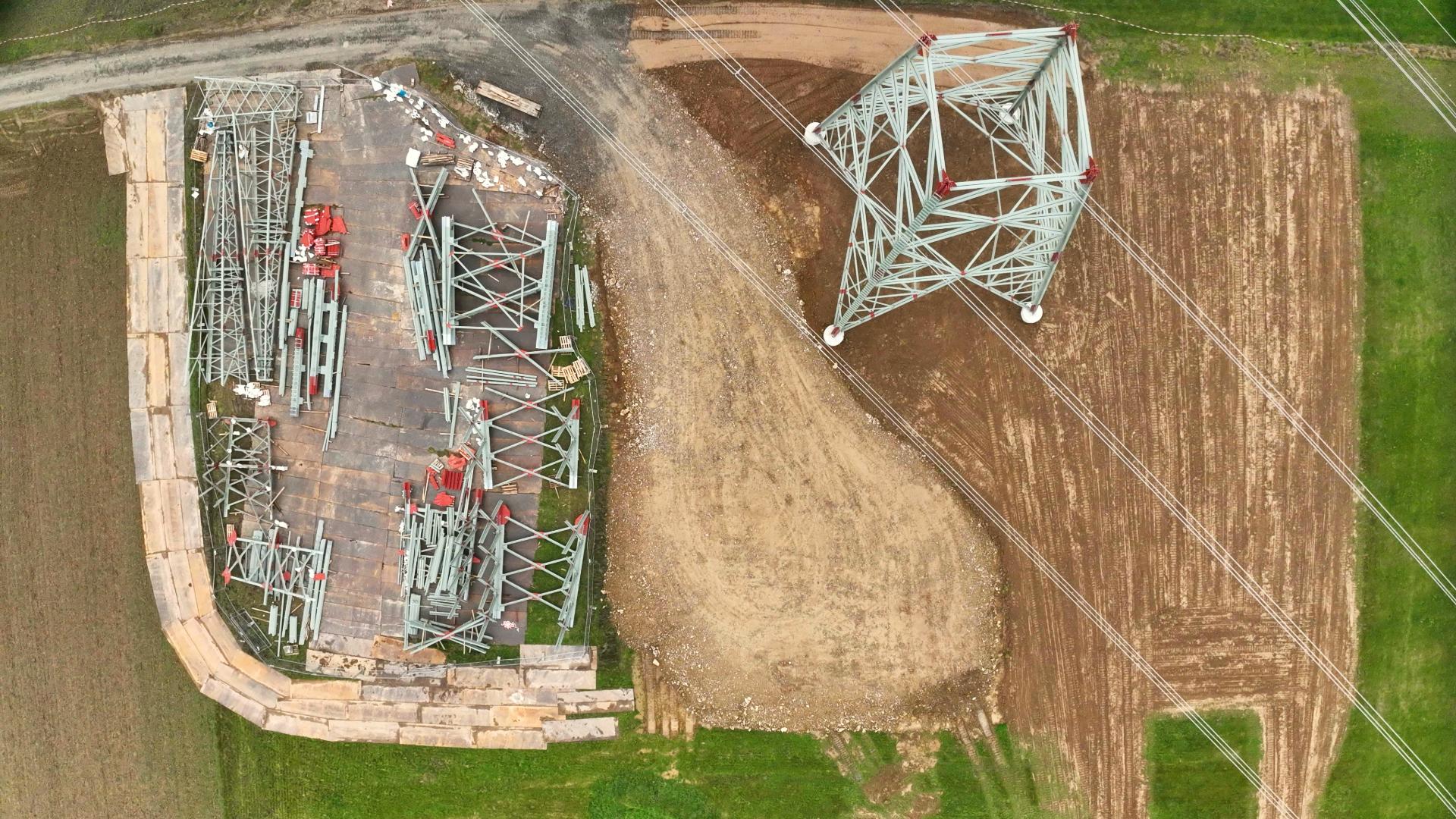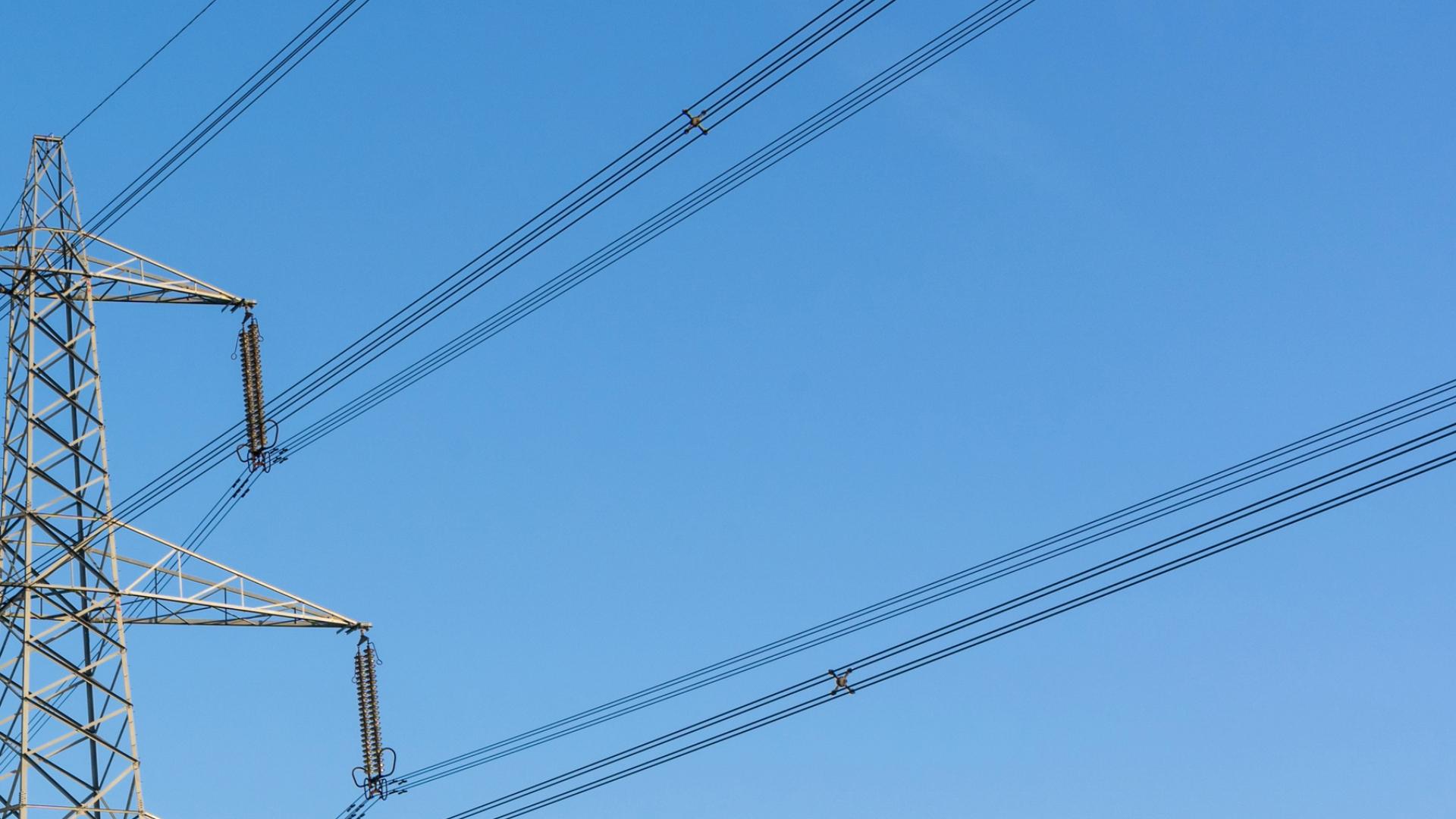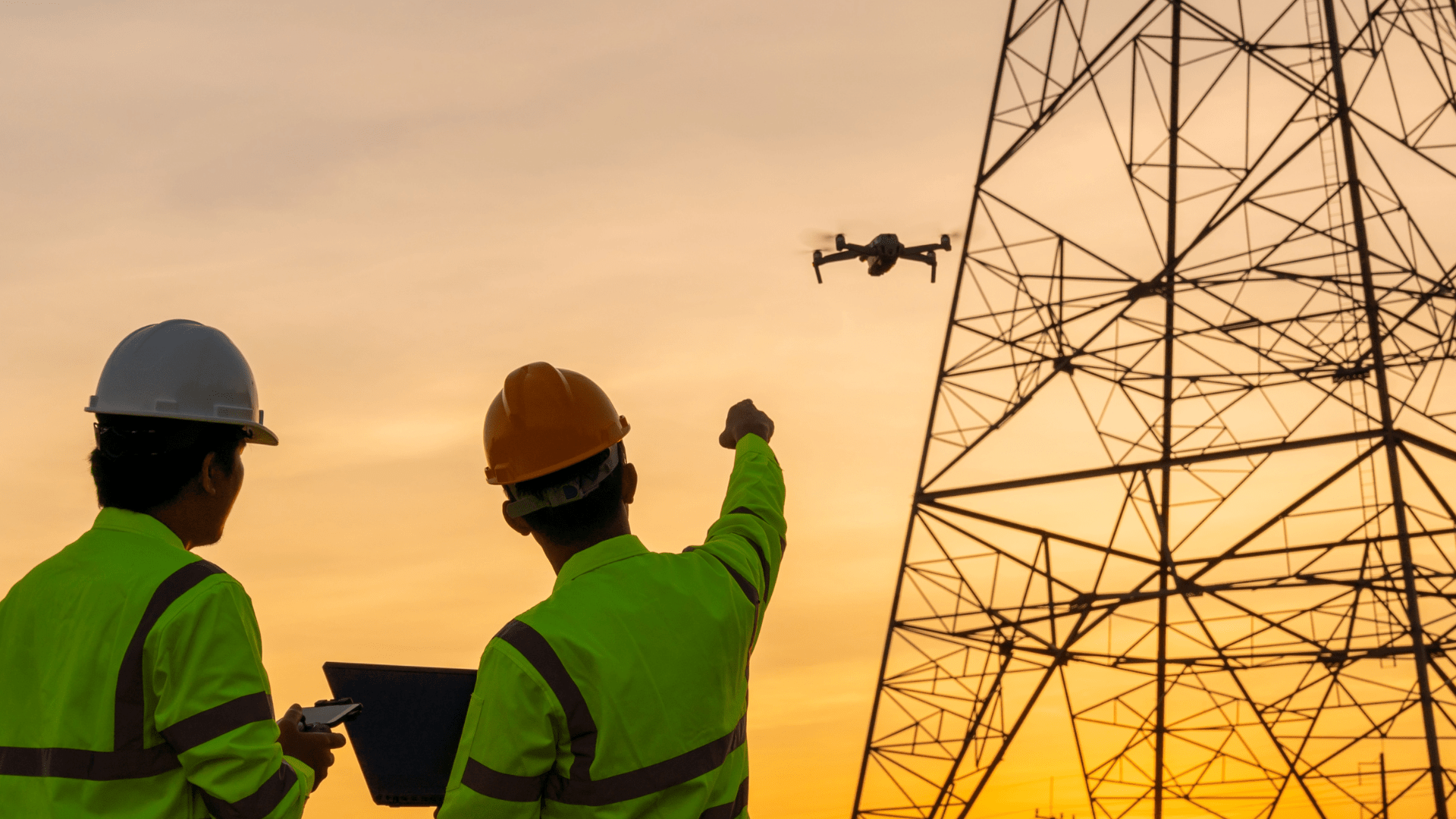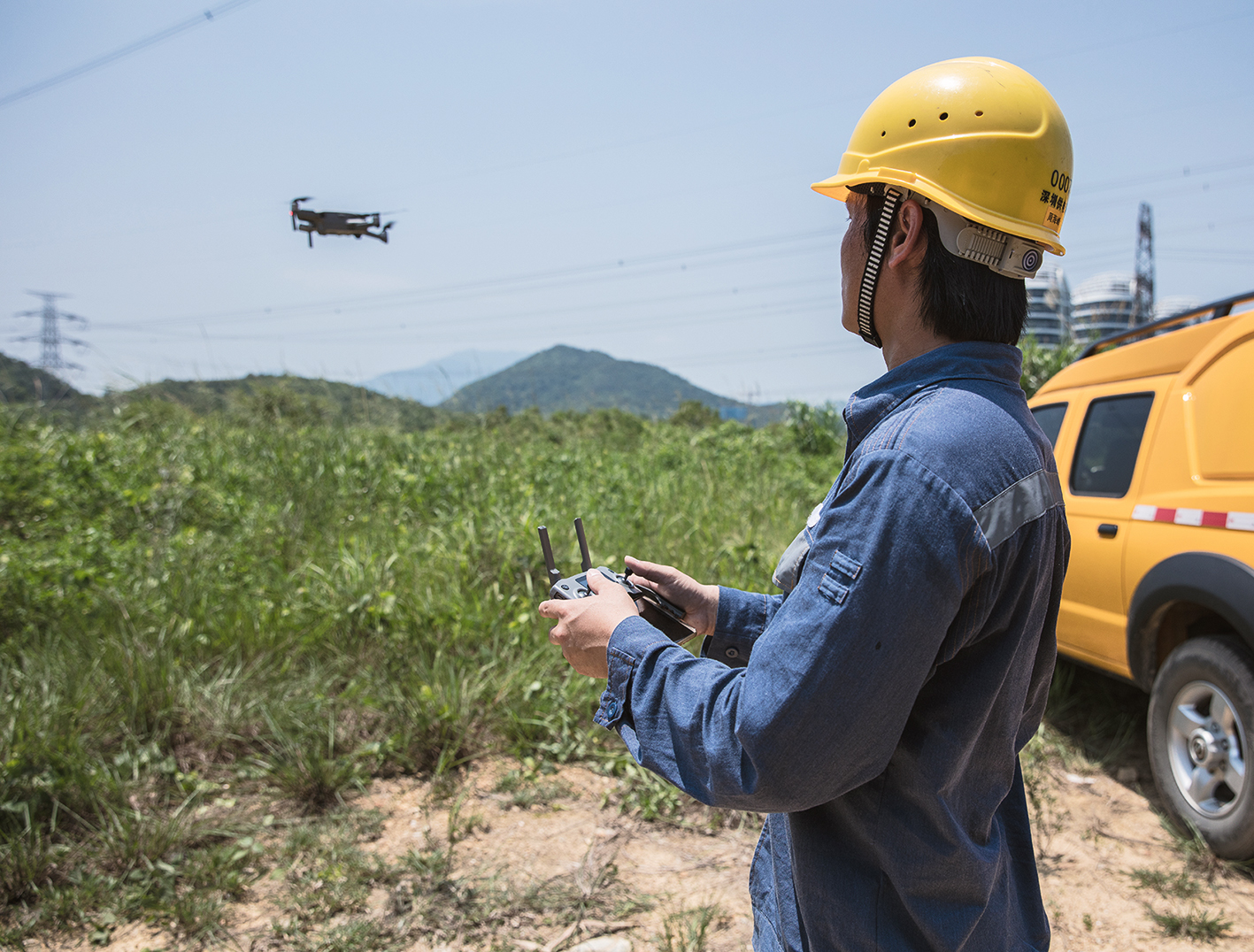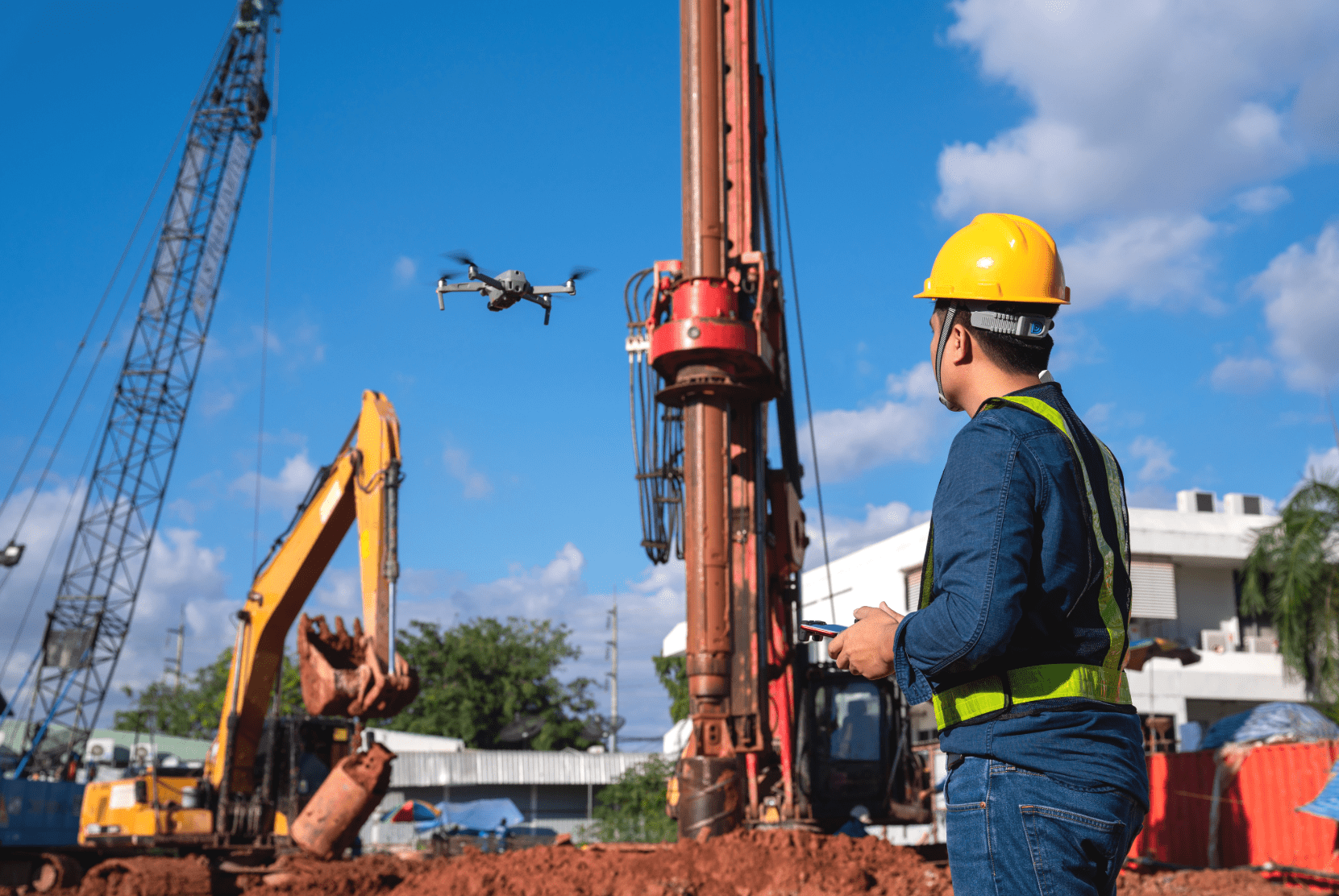Wer eine Drohne mit über 2 kg Abfluggewicht fliegen möchte, braucht in Deutschland einen Kenntnisnachweis (umgangssprachlich Drohnenführerschein). Doch auch beim Fliegen leichterer Modelle, kann es ratsam oder sogar vorgeschrieben sein, einen Kenntnisnachweis zu besitzen. Das ist beispielsweise bei der Beantragung von Sondererlaubnissen bzw. Aufstiegsgenehmigungen der Fall.
Wir haben für Sie 4 Dinge, die Sie über den Drohnenführerschein wissen sollten.
1. Der Drohnenführerschein ist der „Nachweis ausreichender Kenntnisse zum Steuern von unbemannten Fluggeräten“
Es ist ratsam einen Kenntnisnachweis zu besitzen. Es werden wichtige Grundlagen zum Thema Flugbetrieb und Navigation als auch hilfreiche Kenntnisse zum Luftrecht vermittelt. Sogar Meteorologie ist eines der Prüfungsfächer.
Bisher ist der Kenntnisnachweis nur in Deutschland gültig. Es gibt allerdings Stellen, in der eine englische Bestätigung des Nachweises ausgestellt wird. In Europa wird dies von vielen Staaten anerkannt. Die EU-Verordnung für Drohnen sieht wahrscheinlich eine Vereinheitlichung der Kenntnisnachweise vor. Mehr wird erst zum 01.01.2021, wenn die Verordnung in Kraft tritt, bekannt.
2. Es gibt einen großen und einen kleinen Drohnenführerschein
Paragraf 21a Abs. 4 Luftverkehrsordnung unterscheidet zwei verschiedene Arten von Kenntnisnachweisen: einen für private und einen für private und gewerbliche Drohnennutzung. Umgangssprachlich wird vom kleinen und großen Drohnenführerschein gesprochen.
Der kleine Führerschein kostet 25 bis 30 € und darf schon mit 14 Jahren erworben werden, während der große Drohnenführerschein bis zu 500 € kosten kann und ab einem Alter von 16 Jahren erhalten werden kann.
3. Wo Sie Ihren Nachweis bekommen und was Sie dafür tun müssen
Einen Kenntnisnachweis können Sie an allen Stellen und Ausbildungszentren machen, die nach § 21d Luftverkehrsordnung anerkannt wurden. Weitere Infos bekommen Sie über eine gezielte Google-Suche oder über Ihre zuständige Behörde.
Die Prüfung kann schriftlich, mündlich oder am PC durchgeführt werden. Informieren Sie sich bei Ihrer Prüfungsstelle, welches Verfahren dort genutzt wird.
Um zu bestehen, muss in allen drei Themenbereichen mindestens 75 % erreicht werden. Dies entspricht bei der Mindestanzahl an Fragen im Bereich Luftrecht bei 23 Fragen mindestens 18 Punkten, im Bereich Meteorologie bei 6 Fragen mindestens 5 Punkten und im Bereich Flugbetrieb und Navigation bei 22 Fragen mindestens 17 Punkten. Die Prüfung besteht aus mindestens 51 Fragen, welche in Multiple-Choice-Form gestellt werden. Normalerweise dauert eine Prüfung zwischen 45 und 90 Minuten.
Die Fragen der Prüfung setzen sich aus den drei Themenbereichen Luftrecht, Meteorologie, Flugbetrieb und Navigation zusammen. Unten finden Sie eine detaillierte Liste mit dem Inhalt der einzelnen Themenbereiche.
Sollten Sie durch die Prüfung fallen, können Sie sie ohne Probleme wiederholen. Für genauere Regelungen fragen Sie an Ihrer bevorzugten Prüfungsstelle nach.
4. Gültigkeit des Drohnenführerscheins
Die meisten Drohnenführerscheine sind für 5 Jahre gültig. Danach muss die Prüfung wiederholt werden.
Achtung: Ab dem 01.01.2021 tritt die neue EU-Drohnen-Verordnung in Kraft. Es wird möglicherweise Änderungen geben. Gegen Ende des Jahres werden wir über die Neuerungen berichten.
Wir wünschen schöne und sichere Flüge,
Ihr FlyNex Team
